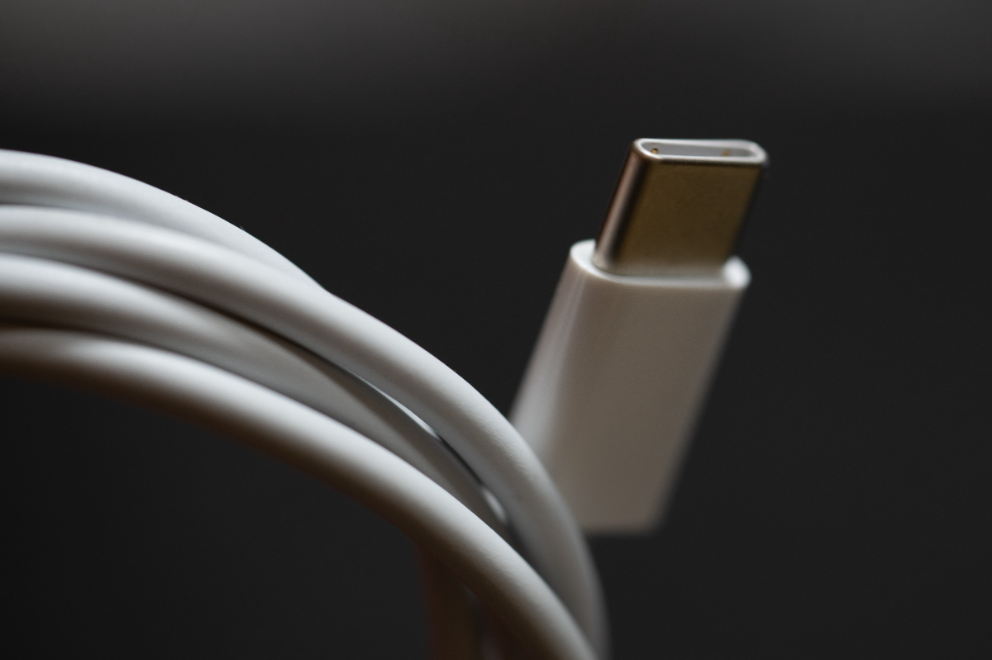In this 5-minute Vitex Talks segment, we’ll discuss the power delivery option of USB-C, which is a standard that has been around since its introduction in 2012. Some benefits of USB-B power delivery include but are not limited to improved power delivery, shortened time needed to reach a full charge, and a new standard for USB power delivery.

Chapters
(0:00-0:25) Intro
(0:26-2:32) USB-C History
(2:33-3:31) Future
(3:32-4:36) Max Distance
(4:37-5:32) Outro
Products Mentioned
Complete Transcript
Intro
Hey everybody! This is Craig from Vitex, and today we’re going to shine some light on the power delivery option of USB. We’re going to look at some of the things that happened in the past, what’s going on currently, and some of the benefits and options you can get from it.
USB-C History
A lot of people don’t know that this has been around since 2012 when the USB-C first came out. Before that, it was really just known as “USB charging”. Anyone who had any type of phone always used USB very, very much to do charging, and in 2012 when this standard came out it brought into the possibility of more power. What we see there is that some devices were starting here, around 2.5 watts, and it added the capability to go much, much higher to 65 watts and up to 100 watts.
And in fact, we’re getting more standards that are bringing this even higher. We start seeing some fixed voltages that go above: up into 20, 28, 36, and 48 [watts]; and this is going to allow us to get into even much higher power, reaching levels at 240 watts.
Besides the fixed voltage, there’s also the option of programmable power supplies. This gives us a lot of different steps: sizes from 20 millivolts and current in 50 millivolt adjustable capabilities. Besides charging, which is a really big benefit that people talk about that includes the effectiveness of the charge, how fast it can charge, and for people who have newer devices that use this USB-C, you can see it just by being able to charge your devices (instead of overnight) and sometimes in 15 minutes or 30 minutes.
We see a big improvement at 50% to 70% faster charge times for mobile devices as well as laptops. We’re getting into the area where we’re going to be able to optimize a lot of our power management, so this is going to be really beneficial for more devices such as laptops, routers, [and] hard drives.
Future
And then we’re looking further into the future to see things such as multi-port chargers where we’re going to have the capability of a 60-watt coming in, and we’re able to split it to a 30-watt [and] a 30-watt, or a 30 and two 15s, so it’s going to allow us to charge multiple devices at the same time, so that’s pretty cool.
As before, when I was talking about the past, we really had a small option when we were around 5 watts, and this really didn’t do much more than allow us to charge handheld devices. As we’re going into the current and future, we’re going to see this jump from 100 watts– up to 240 –and this is really going to bring us the things that are not just for charging.
If you think about some of the applications this could be in, security cameras are one that we’ll just talk about right now. But there is an inherent problem with that. If you’re using copper cable, you can only go so far. How do you get beyond this limitation? And that brings in the technology that fiber optics use. There are a couple of options you can use.
Max Distance
One of my favorite ones that I like is the hybrid cable. It’s a combination of fiber and copper cable. There are some important notes to keep in mind when you’re looking at distances in these hybrid cables. The first one is your max distance. How far do you want to get?
Just using the cable alone where we’re not really considering delivering power through the cable, and say we have our own power supply that’s coming out over here, you can go up to 25 meters, no problem; it’s easy to support.
Say you want to bring a 60-watt into this. Well, you’re going to be limited all the way down to 5 meters, so that’s something to keep in mind. If your device that you’re using, say either a camera or something like a solid state drive, is using less power [that] only requires 5 watts, you can double that up to 10 [watts], so that’s really cool. It allows your distance to go much, much further.
That’s one of the reasons that I like the power delivery option. It gets away [from] this whole need of having an external DC or AC source to power some of the devices.
Outro
How do you see this standard evolving as you move into USB 4.0? What are some of the applications you like to use in it? And let me know if you actually think we’re going to hit a ceiling right here and there’s going to be a need to go past 240 watts. Until next time, when we shed some light on another topic, I’ll see you then.

